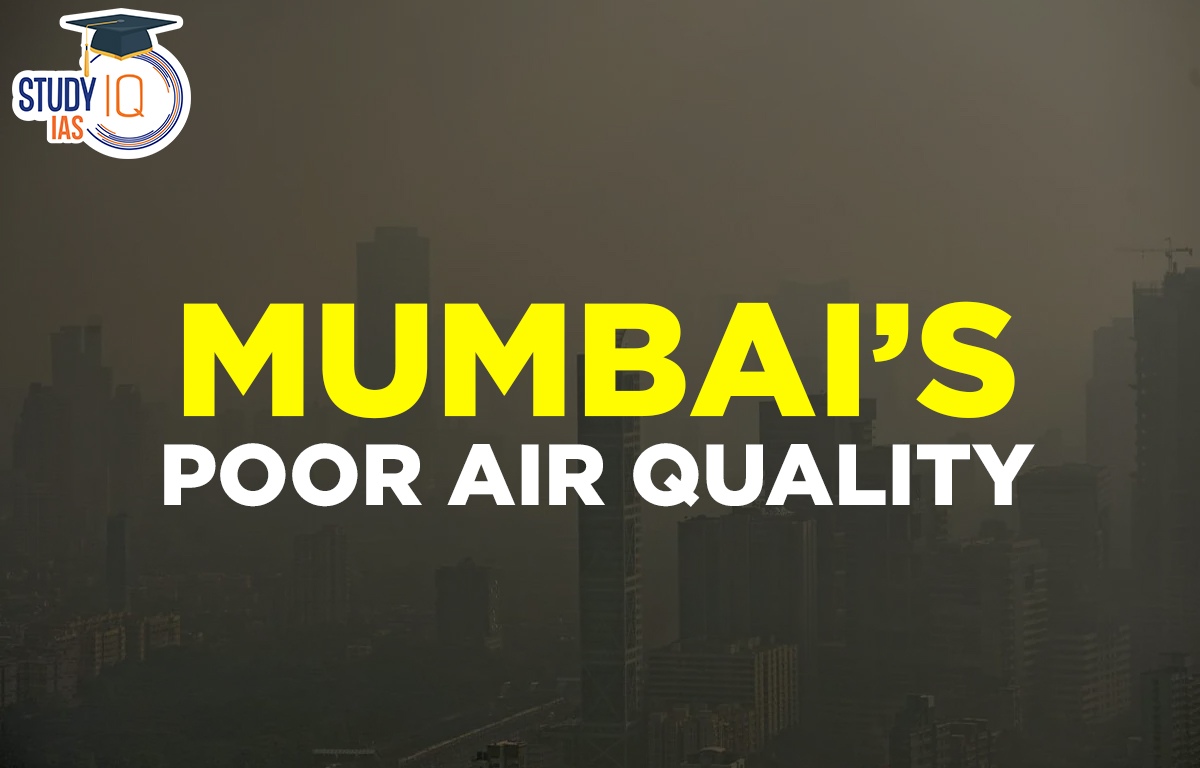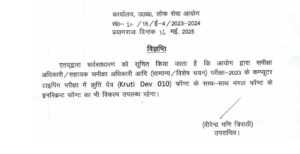Table of Contents
Mumbai Poor Air Quality News
According to the SAFAR App, the overall Mumbai Air Quality Index (AQI) was 309 (very poor) while that of Delhi was at 249 (poor).
Mumbai Poor Air Quality produces high amount of air pollutants but it has the advantage of local breeze, which prevents accumulaton of polluntants. However, the phase of bad air quality has been particularly prolonged this year.
Reasons for Worsening Air Quality in Mumbai
Changes in Wind Pattern
Wind speeds in Mumbai were distinctly slower this year, reducing its ability to drive away accumulated pollutants. This was followed by a change in flow patterns.
In Mumbai, winds typically move from land to sea for a few days, and then from sea to land. This cyclic pattern of winds repeats every three-four days.
In the last few days, there has been an absence of cyclic pattern of winds. Instead of repeating every 3-4 days, it is taking place after a week, even 10 days.
This has led to large-scale accumulation of pollutants over the city. Even if cyclic pattern takes place, the wind speed is not adequate enough to drive away pollutants.
Reasons for the Occurrence:
At present, it is not known if this phenomenon is caused by some major unusual global event like the third consecutive year of La Niña, or some combination of meteorological factors near the subcontinent.
Increase in Construction Activities
The rise in air pollution in Mumbai could be attributed to increase in the levels of emissions, possibly from construction activities.
Work on projects such as Mumbai Metro or the Coastal Road Project could be generating significantly higher amounts of pollutants.
The increase in PM 10 levels, which is attributed to construction activity, has further indicated the role of construction activity in degradation of air quality.
Read about: Net Zero Emissions by 2050
Concept of Sea Breeze and Land Breeze
Sea Breeze:
Sea breeze is a local wind system characterized by a flow of air from sea to land during the day.
Sea breeze produces a region of low-level air convergence. This induces the upward movement of air, fostering the development of clouds.
Land Breeze:
Land breeze is a local wind system characterized by a flow of air from land to sea late at night.
The land breeze is typically shallower than the sea breeze since the cooling of the atmosphere over land is restricted to a shallower layer at night than the heating of the air during the day.
Mechanism of Occurence
During Day:
The sun heats up sea and the land surface. The land heats up faster due to low heat capacity compared to sea water.
The temperature over the land surface increases, heating up the surrounding air. This forms an area over the land having low pressure.
At the same time on the sea surface, a high-pressure area develops. Due to the difference in pressure, the air flows from the high pressure over the sea to the low pressure over the land as sea breeze.
During Night:
After sun set, the land and the sea start cooling The land gets cooler faster than the surrounding sea due to lower heat capacity.
A low pressure area develops over sea due to higher temperature compared to the adjacent land. Due to the pressure difference, air flows from land to the sea in form of land breeze.
SAFAR (System of Air Quality and Weather Forecasting and Research)
SAFAR is a country-wide initiative that aims to provide location-specific information about the air quality on a real-time basis.
- Currently it is available in Delhi, Pune, Ahmedabad and Mumbai.
SAFAR disseminates the data on pollution in the form of simplified and colour-coded information.
Apart from air quality of cities, SAFAR also offers information on the weather conditions, ultraviolet radiation, and emissions in the cities.
Development: Ministry of Earth Sciences and the Indian Institute of Tropical Meteorology (IITM), Pune.
Implementation: IITM and the India Meteorological Department (IMD), under the Ministry of Earth Sciences.


 UPPSC RO ARO Exam Date 2025 Out: Typing ...
UPPSC RO ARO Exam Date 2025 Out: Typing ...
 Maharashtra Bill to Curb Urban Naxalism,...
Maharashtra Bill to Curb Urban Naxalism,...
 International Maize and Wheat Improvemen...
International Maize and Wheat Improvemen...





















